Turning Farm Waste into Profit: The Role of Rotary Dryers
Every year, farms and food processing plants generate millions of tons of agricultural waste. This waste, from livestock manure to crop residues, has traditionally been seen as a disposal problem—costly to manage and harmful to the environment. However, with the right technology, this liability can be transformed into a profitable asset. The key to this transformation is the rotary dryer machine, a powerful tool for agricultural waste treatment and resource utilization.
At Durable Machine, we have seen firsthand how a biomass dryer can become the heart of a new revenue stream for our clients. This guide will explain how a rotary dryer works, which types of waste it can process, what valuable products can be made, and what you need to consider when investing in this technology. We will show you how to turn a problem that costs you money into a product that makes you money.
Table of Contents
- Which Agricultural Wastes Can Be Utilized by a Rotary Dryer?
- How Does a Rotary Dryer Convert Wet Waste into a Stable Raw Material?
- What Marketable Products Can Be Made from Dried Agricultural Waste?
- How Are Rotary Dryers Designed for Different Types of Waste?
- How to Choose the Most Economical Heat Source for Your Rotary Dryer?
- What Equipment is Included in a Complete Agricultural Waste Drying Line?
- Common Questions About Agricultural Waste Drying
- Summary: Turn Your Waste Problem into a Profitable Solution
- About Durable
- Let’s Design Your Waste-to-Wealth Solution
Which Agricultural Wastes Can Be Utilized by a Rotary Dryer?
A rotary dryer machine is incredibly versatile and can process nearly any type of organic agricultural waste with high moisture content.
The primary function of a rotary dryer is to remove water, making it suitable for a wide range of materials. The goal of this resource utilization is to prepare these materials for their next life as a valuable product.
Common types of agricultural waste we help clients process include:
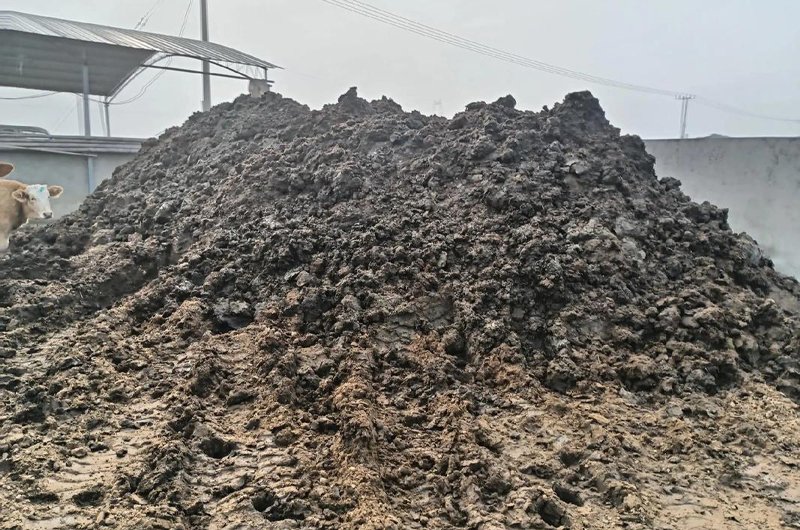

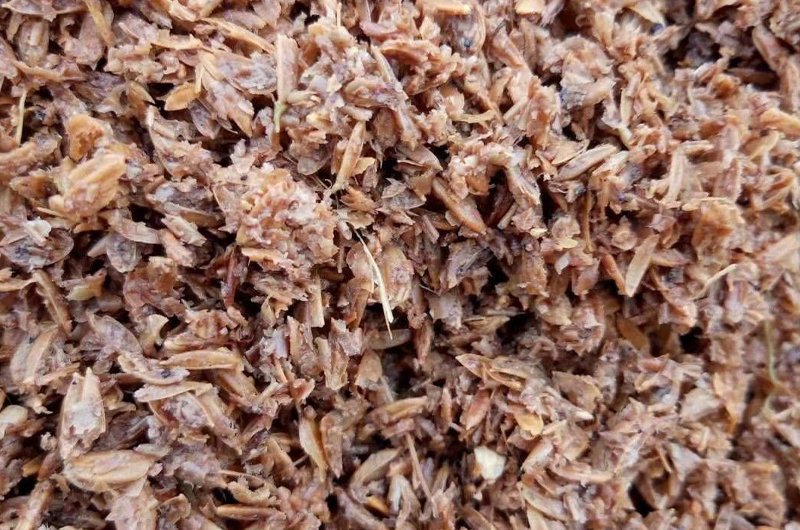
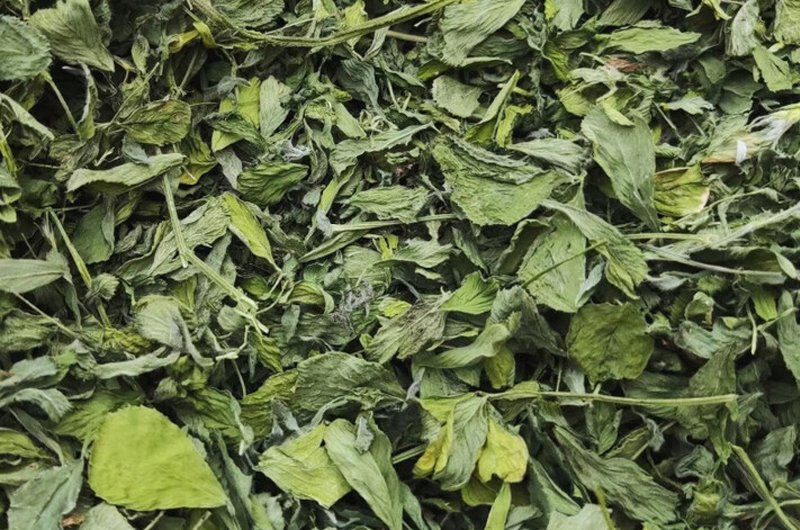
- Livestock and Poultry Manure: Such as chicken manure, cow dung, and pig manure, which are rich in nutrients.
- Crop Residues: Including corn cobs, rice husks, and wheat straw, which have high energy value.
- Processing By-products: Like vinasse (distiller’s grains), beet pulp, fruit pomace, and sawdust.
- Other Biomass: Materials like alfalfa, grass, and wood chips that can be used for animal feed or fuel.
Essentially, if the waste is organic and its main problem is that it’s too wet to be useful, a rotary dryer is the solution.
How Does a Rotary Dryer Convert Wet Waste into a Stable Raw Material?
A rotary dryer uses a combination of heat, rotation, and airflow to efficiently and uniformly reduce the moisture content of the waste material.
The process of agricultural waste treatment inside a rotary dryer is simple yet highly effective. Here is how it works:
- Feeding: Wet material is fed into the elevated end of a large, rotating cylindrical drum.
- Drying: As the drum rotates, internal plates called “lifters” or “flights” scoop up the material and cascade it down through a stream of hot air. This constant tumbling action ensures that every particle is exposed to the heat, leading to even drying. The hot air is supplied by a connected dryer heat source.
- Discharging: The drum is slightly inclined, so the material gradually moves towards the lower, discharge end as it dries.
- Collection: The dried, stable material is then discharged from the dryer, ready for cooling, storage, or further processing.
By reducing the moisture from as high as 85% down to a stable 10-15%, the dryer halts decomposition, kills pathogens and weed seeds, and creates a lightweight, easy-to-handle product.
What Marketable Products Can Be Made from Dried Agricultural Waste?
Once dried, agricultural waste becomes a valuable feedstock for several lucrative markets, primarily organic fertilizer and biomass fuel.
The resource utilization of dried waste can generate significant revenue. Two of the most popular applications are:

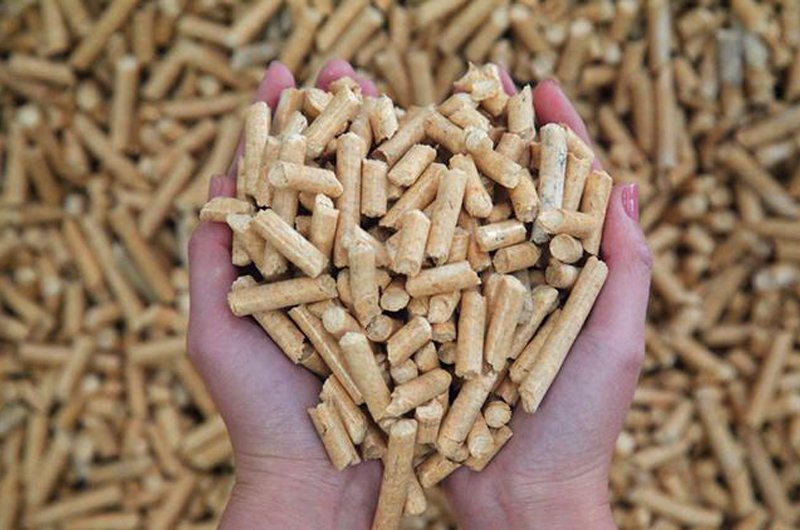
- Organic Fertilizer: Dried materials like chicken manure are rich in nitrogen, phosphorus, and potassium. After drying, they can be granulated and sold as high-quality, bagged organic fertilizer. This is the core of a modern organic fertilizer production line. The drying process makes the nutrients stable and easy for plants to absorb.
- Biomass Fuel Pellets: High-fiber waste like straw, sawdust, and rice husks have excellent energy content once dried. This material is a perfect raw material for producing biomass fuel pellets. These pellets are a clean, renewable energy source used in industrial boilers and power plants as a substitute for coal, creating a strong market demand. A biomass burner can even be used to power the dryer itself, creating a self-sustaining system.
Other applications include animal feed supplements (from vinasse or beet pulp) and raw materials for building materials.
How Are Rotary Dryers Designed for Different Types of Waste?
While the basic principle is the same, rotary dryers are customized with different internal structures and operating parameters to handle the unique properties of each type of waste.


A “one-size-fits-all” approach does not work for agricultural waste treatment. At Durable Machine, we engineer our dryers specifically for the material.
- For Sticky Materials (e.g., Chicken Manure): A chicken manure dryer will feature specialized lifters and possibly internal chain devices to prevent the sticky material from clumping and sticking to the drum wall. The rotation speed and temperature are carefully controlled to ensure it breaks up into fine granules.
- For Lightweight, Low-Density Materials (e.g., Straw): Straw drying requires a dryer with a larger diameter and a slower gas velocity to prevent the light material from being blown out of the dryer too quickly. The lifter design is optimized for showering the straw effectively without causing blockages.
- For Granular Materials (e.g., Vinasse): A vinasse dryer can use a more standard lifter design, as the material flows more easily. The focus is on precise temperature control to dry the material without scorching the valuable proteins.
These design modifications ensure maximum efficiency and a high-quality final product for each specific type of agricultural waste.
How to Choose the Most Economical Heat Source for Your Rotary Dryer?
The most economical heat source depends on the fuel types that are cheapest and most readily available in your specific location.
The dryer heat source is the biggest factor in the operating cost of a rotary dryer. Choosing the right one is critical for profitability.
Here is a comparison of common options:



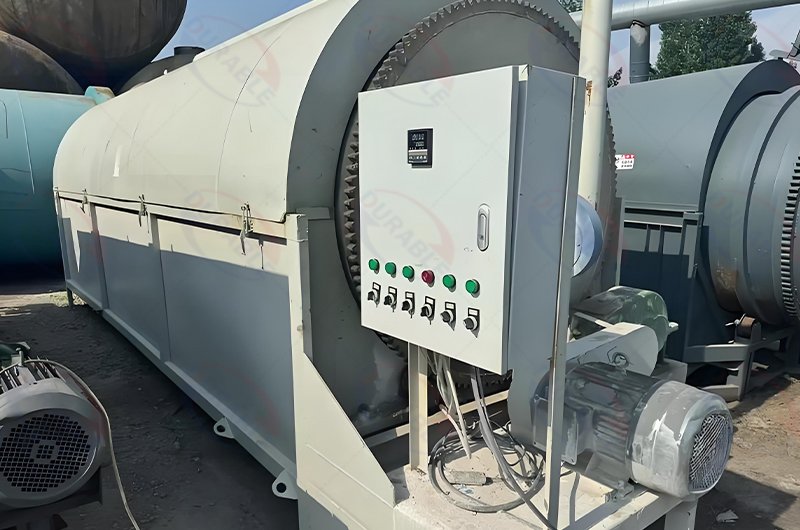
| Heat Source | Pros | Cons | Best For |
|---|---|---|---|
| Natural Gas | Clean, easy to control, low labor | Price can be volatile, requires pipeline access | Areas with an abundant, cheap natural gas supply |
| Coal / Biomass | Very low fuel cost, uses local resources | Higher labor, requires robust dust control | Regions with low coal prices or available biomass waste |
| Diesel / Oil | Highly portable, fast setup | High fuel cost, price volatility | Mobile drying operations or remote sites |
| Electricity | Very clean, precise control, zero on-site emissions | Highest energy cost in most regions | Locations with very cheap electricity rates |
The best choice is often a biomass burner that uses a portion of your own dried agricultural waste or other cheap local biomass as fuel. This creates a highly cost-effective, circular energy system.
What Equipment is Included in a Complete Agricultural Waste Drying Line?
A complete drying line is a system of machines working together, typically including feeding, drying, dust collection, and discharge equipment.
A standalone rotary dryer machine is not enough. A full production line ensures a smooth and efficient process.

The core components are:
- Feeding System: A belt conveyor or screw conveyor to transport the wet waste to the dryer.
- Heat Source: A furnace or burner to generate the hot air.
- Rotary Dryer: The main machine for drying the material.
- Discharge System: A conveyor to move the dried material away.
- Environmental Dust Removal Equipment: A cyclone separator and/or a baghouse dust collector are essential for capturing dust from the exhaust air and meeting environmental standards.
- Control Panel: A central PLC system to monitor and control the temperature, rotation speed, and feeding rate.
For an organic fertilizer production line, you would add equipment for granulation, cooling, screening, and packaging after the dryer.
Common Questions About Agricultural Waste Drying
Question 1: What is the typical return on investment (ROI) for a rotary dryer system?
The ROI depends on the dryer price, operating costs, and the market value of your final product. For many projects, such as turning chicken manure into organic fertilizer, the investment can often be paid back in 1-2 years due to the high value of the end product and the savings on waste disposal fees.
Question 2: How do you handle the dust and odor from drying manure?
This is a critical part of the system design. We use a multi-stage approach. A cyclone separator captures the larger dust particles, and then a baghouse filter or wet scrubber removes the fine dust. To control odors, we can add a spray tower to wash the exhaust gas, ensuring the system complies with all environmental dust removal equipment standards.
Question 3: Can the same dryer be used for different types of waste?
While a dryer can be adapted, it is most efficient when designed for a specific material. If you plan to process multiple types of waste, it is important to discuss this with the manufacturer. We can design a more versatile system with adjustable parameters to handle different material characteristics.
Question 4: What is the energy consumption of a rotary dryer?
Energy consumption is the main operating cost. It depends on the initial moisture of the waste, the target final moisture, and the efficiency of the dryer heat source. A well-designed system that uses an efficient heat source like a biomass burner will have the lowest operating cost.
Summary: Turn Your Waste Problem into a Profitable Solution
The rotary dryer machine is more than just a piece of equipment; it is a gateway to a more sustainable and profitable business model. It allows you to stop paying to dispose of agricultural waste and start earning revenue from it through effective resource utilization. By converting waste into high-demand products like organic fertilizer and biomass fuel, you can create a new profit center, reduce your environmental impact, and contribute to a circular economy.
The key to success is choosing a system that is properly designed for your specific waste material, equipped with an economical heat source, and supported by effective environmental controls.
About Durable
Durable Machine is a professional manufacturer of industrial drying equipment with over two decades of experience. We specialize in designing and building custom rotary dryer machine systems for all types of agricultural waste treatment. From our chicken manure dryer to our vinasse dryer, we provide complete, reliable production lines engineered for high efficiency and a fast return on investment.
Let’s Design Your Waste-to-Wealth Solution
Are you ready to transform your agricultural waste into a valuable commodity? Contact our engineering team today. We will analyze your material, assess your needs, and provide a detailed proposal for a complete drying system that meets your production goals and environmental requirements.
 Durable Machinery
Durable Machinery